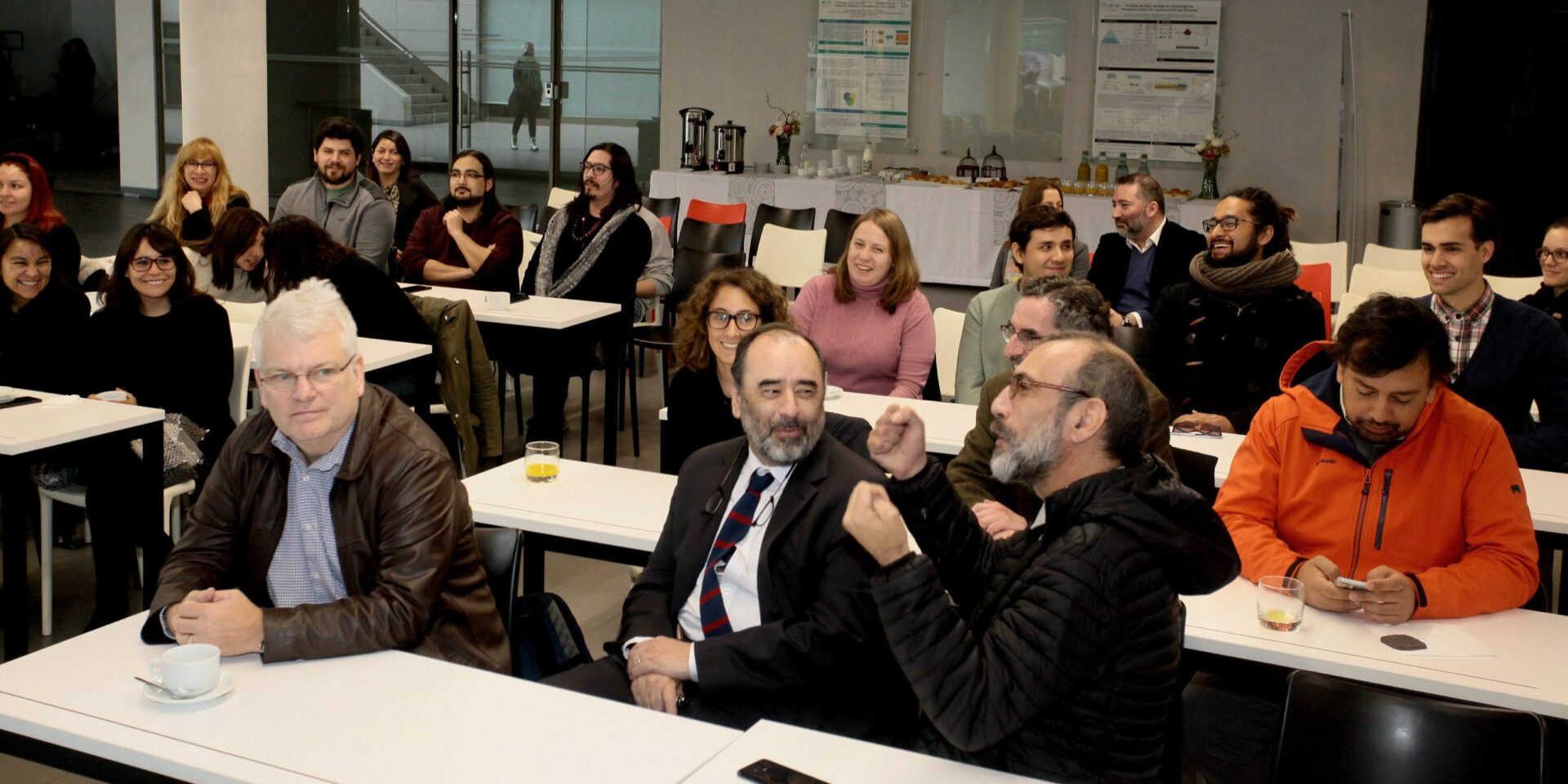
Regular FONDECYT
Understanding women’s strategic positioning in intergroup conflict. A critical, experimental and evolutionary reassessment of the Male Warrior Hypothesis. 2020
Code: 1200607
April 2020- April 2024
José Antonio Muñoz (Principal Investigator).
Collaborating Institutions:
Research Center in Social Complexity, Universidad del Desarrollo (UDD).
University of Playa Ancha (UPLA)
University of Santiago de Chile (USACH)
Metropolitan University of Education Sciences (UMCE).
Participants:
UDD:
José Antonio Muñoz (IR)
Pablo Polo (CO)
Carlos Rodríguez-Sickert (CO)
Nohelia Valenzuela (TEC)
Daniel Torrico (Es)
Oriana Figueroa (PD)
Other Participants:
Paula Pávez (CO-UPLA)
Luis Flores Prado (CO-UMCE)
Ana María Fernández (CO-USACH)
*IR: Responsible Researcher; CO: Co-Investigator; Tec; Technical Support; Es; Graduate Student; PD; Postdoc.
Project Description:
Aggressive conflict between groups of humans has a ubiquitous presence in societies dating back to the dawn of our species. In this sense, different authors have proposed intergroup competition as one of the main selective forces that made possible the evolution of our lineage. For some years now, the interest in understanding and scientifically explaining from an evolutionary perspective our tendency to compete between groups has been the focus of study in the Behavioral Sciences, mainly in Evolutionary and Comparative Psychology, Human Ethology and Experimental Economics. However, it was not until the first half of the 21st century that proposals that provide an adaptive explanation for this behavior began to emerge, being the «Male Warrior Hypothesis» the one with the most precedents in its favor, although it does not consider or minimizes the role of women in the evolution of intergroup conflict. This proposal considers that the apparent greater intrasexual competition of men and the need to maximize their reproductive success through access to mates, would be the reasons that would explain why they would have a greater motivation to compete among themselves and fight against rival groups. However, the evidence shows that women also compete intensely at the intrasexual level and that, like men, they seek to maximize their reproductive efficiency, although they privilege access to resources for breeding. In turn, we can add three more central aspects that oppose the view of women’s passive role in intergroup conflicts: 1) the current evidence of women’s offensive participation in armed conflicts during the 20th century, systematized with robust statistics from the world’s major armies, 2) the precedents derived from primatology that indicate an active and offensive role of many females of primate species in intergroup conflicts, something that should at least be discussed since models of conflict in primates are often extrapolated to the human species to understand male competitive behavior and, 3) women’s strategic motivations, which may change depending on their reproductive status. This background makes it necessary to generate new theoretical models to explain the strategic role of women in intergroup conflict. The problem becomes even more complex if we take into account that theoretical models exploring intergroup conflict have evaluated the role of men and women using aggression/cooperation mechanisms strongly developed in men. For example, physical aggression, as well as cooperation with individuals of the same sex, have usually been considered behaviors and patterns in which men manifest greater intensity than women. However, indirect aggression and intersex cooperation are more prevalent in females than in males, but have been assessed much less frequently. In short, the main objective of this project is to re-evaluate the role of women in intergroup conflict. For this, we intend to go beyond the current models that place women in an almost instrumental role and demonstrate that active participation is also part of their behavior. In this way, we will employ for the first time an experimental design that includes two fundamental aspects of female behavior: 1) The use of indirect aggression as the main mechanism of competition and 2) The use of intra- and inter-sex cooperation as a strategy to convey the path towards the objectives. In conclusion, this project seeks to generate objective and clear data that will open a line of work towards a more complete and less sex-specific understanding than has been the case up to now.